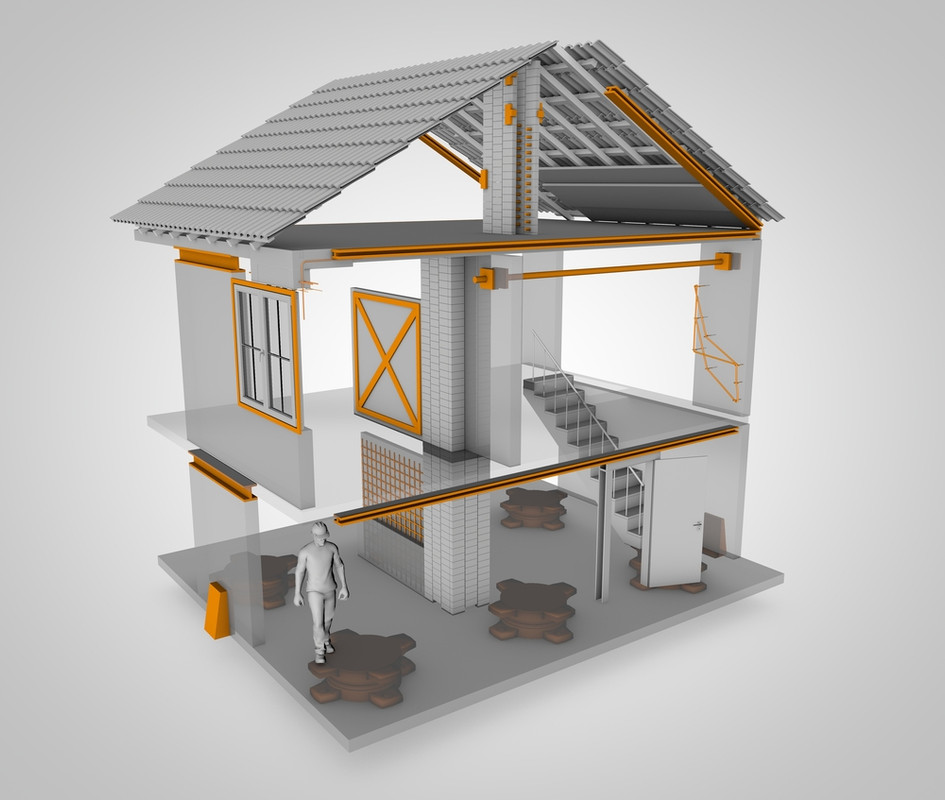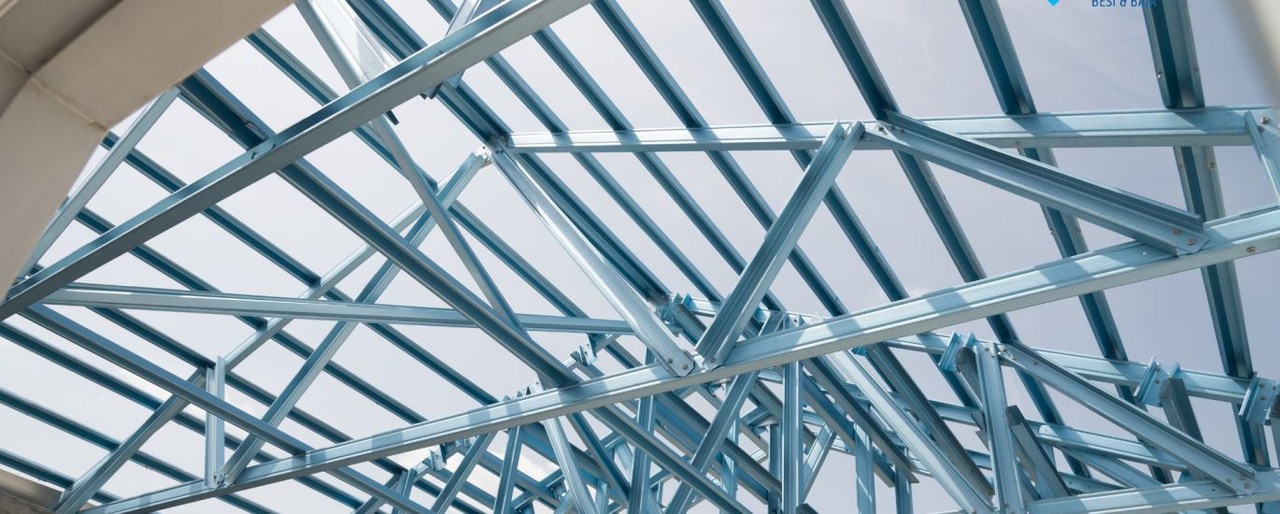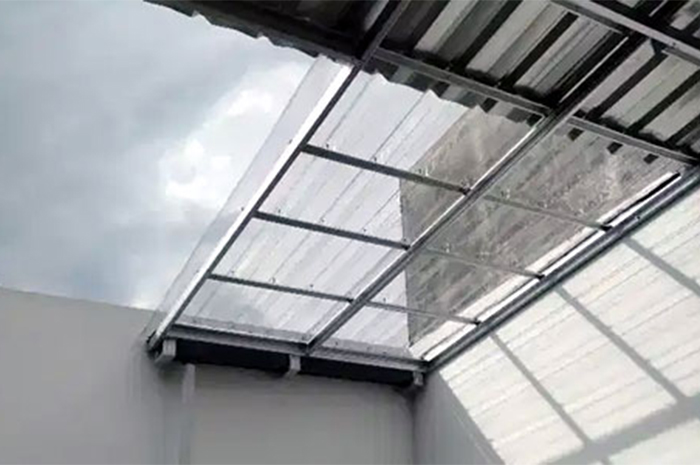Beranda > Artikel
This is the principle of making an earthquake-resi

The weather in the country is not friendly. Various disasters, including earthquakes occurred in several areas. As a result, many houses collapsed and casualties fell. In this case, earthquake-resistant houses are the best solution to overcome them.
Why Houses Can Be Damaged During an Earthquake?
Usually, structural damage to buildings occurs when the earthquake strength reaches 5.0 Mw. Meanwhile, the house collapsed due to the building parts not being able to work as a system to withstand lateral forces. Damage to buildings due to earthquakes is related to design errors that affect the work of structural systems, including strength, stiffness, and flexibility. Improper connection of building elements also increases the risk of building damage. Likewise with the quality of workmanship and materials that affect the strength of the house. During an earthquake, the foundation is also a major problem. Moreover, when the ground supporting the foundation is eroded by the earthquake, the risk of the building above being destroyed will increase. That is why, the type of foundation, depth, to the location of its placement need to be considered carefully.
Principles of Building Earthquake Resistant Houses
In order for buildings to remain strong when an earthquake strikes, design principles based on the results of the following research by experts can be applied.
Light and Strong Building Structure
Strong and light buildings that can be made of metal or wood are arguably better in dealing with earthquakes than buildings with heavy weights.
In this case, the house with brick walls and RC construction is not an earthquake-safe structure. Even brick buildings may be damaged up to 70% when the disaster occurs.
Compact Structure
Basically, earthquake-resistant structures and houses must be able to accept the load. Meanwhile, the part of the building that does not receive the load remains included in a single unit that influences each other.
Simple and Symmetrical Structure
The next principle of building earthquake-resistant houses is that the structure must be planned as simply as possible. So that the path of vertical or horizontal force can be easily understood. The simplicity of the structure will make the building more resistant during an earthquake. Apart from being simple, the building plan also needs to be symmetrical with a rectangular or circular shape.
Building Materials Used
The selection of building materials is also an important aspect in making earthquake-resistant houses. This is because failure due to brittle materials also affects other structural elements. Related to this, mild steel can be chosen, considering that this material is not only light in weight, but also claimed to be sturdy and durable. However, because these building materials are gaining popularity and are available in various brands, prices, and quality, it is better to choose materials with guaranteed quality.
Those are a series of principles of making earthquake-resistant houses that can be applied. In addition to a strong, compact, and symmetrical structure, the selection of building materials is also an important aspect that needs attention.
 Bahasa Indonesia
Bahasa Indonesia  Inggris
Inggris
 Bahasa Indonesia
Bahasa Indonesia  Inggris
Inggris
 The weather in the country is not friendly. Various disasters, including earthquakes occurred in several areas. As a result, many houses collapsed and casualties fell. In this case, earthquake-resistant houses are the best solution to overcome them.
The weather in the country is not friendly. Various disasters, including earthquakes occurred in several areas. As a result, many houses collapsed and casualties fell. In this case, earthquake-resistant houses are the best solution to overcome them.





